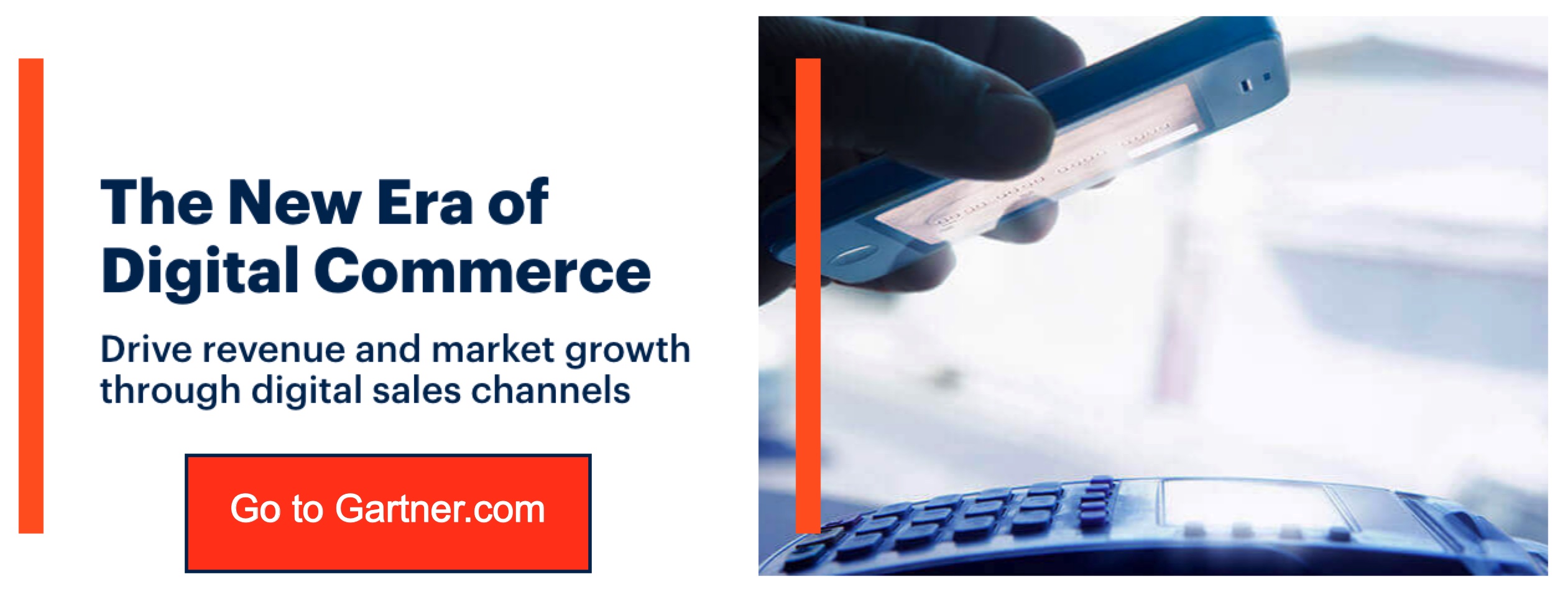How can you make the most of marketing in today’s digital era? Many turn to e-commerce. But what is e-commerce?
What is E-commerce?
E-commerce is the practice of buying and selling products or services over the Internet. The e-commerce model enables consumers to research, browse and purchase products or services online with the click of a button. E-commerce has also opened up new opportunities for businesses to sell to a wider base of customers, including international markets.
Why is e-commerce marketing effective?
Today, more and more people are turning to the Internet to shop, and e-commerce has proven itself as an effective way for online retailers to reach out across the globe.
Many online retailers have found the potential of e-commerce: in fact, e-commerce companies like Amazon and eBay are some of today’s biggest success stories.
But, of course, e-commerce does not limit to online sales. You can also use it to promote other business models, such as lead generation or affiliate marketing.
The popularity of e-commerce today is a result of technological advances that have made it easier for consumers to access a wider variety of goods and services from anywhere at any time. Online shopping provides convenience for busy people by allowing them to shop at their own pace in their own homes. And it provides greater choice for consumers who can research products they are interested in before they even make a purchase.
Today’s technology has also changed how customers make purchases. Customers now buy online using a range of devices: laptops, desktop computers, smartphones, and tablets.
So online shoppers can view product information such as prices, descriptions, and customer reviews on these devices at any time and from anywhere with an Internet connection. And customers can even use their mobiles or tablets while they’re standing in front of products in stores.
E-Commerce Models
There are three main models for conducting e-commerce: product-based; service-based; and business model-based (eB2B). In each case, there may be additional options for how people pay for items they buy online; these include:
1. One time payments
This is where customers pay once when they make the purchase; this is often used when buying goods online; examples include PayPal and Google Checkout. Also, this is the most common way people pay for online services.
2. Multiple payments
This is where customers pay more than once when they make a purchase; this is often used when buying services online. Examples include monthly subscriptions and credit card subscriptions, for instance.
3. One time payments with credits
This is where customers pay once but are given credits to use later. This is often used when buying services online; examples include Netflix and Amazon Prime.
4. Multiple payments with credits
This is where customers pay more than once but are given credits to use later. This is often used when buying services online. For example, this includes Google Adwords and Clickbank.
5. One time payments with trial access
This is where customers pay once to try out a service or product before deciding whether or not to buy it. This is often used when buying services online; examples include Spotify and Netflix.
6. Multiple payments with trial access
This is where customers pay more than once to try out a service or product before deciding whether or not to buy it; this is often used when buying services online; examples include Sky TV and Amazon Prime.



